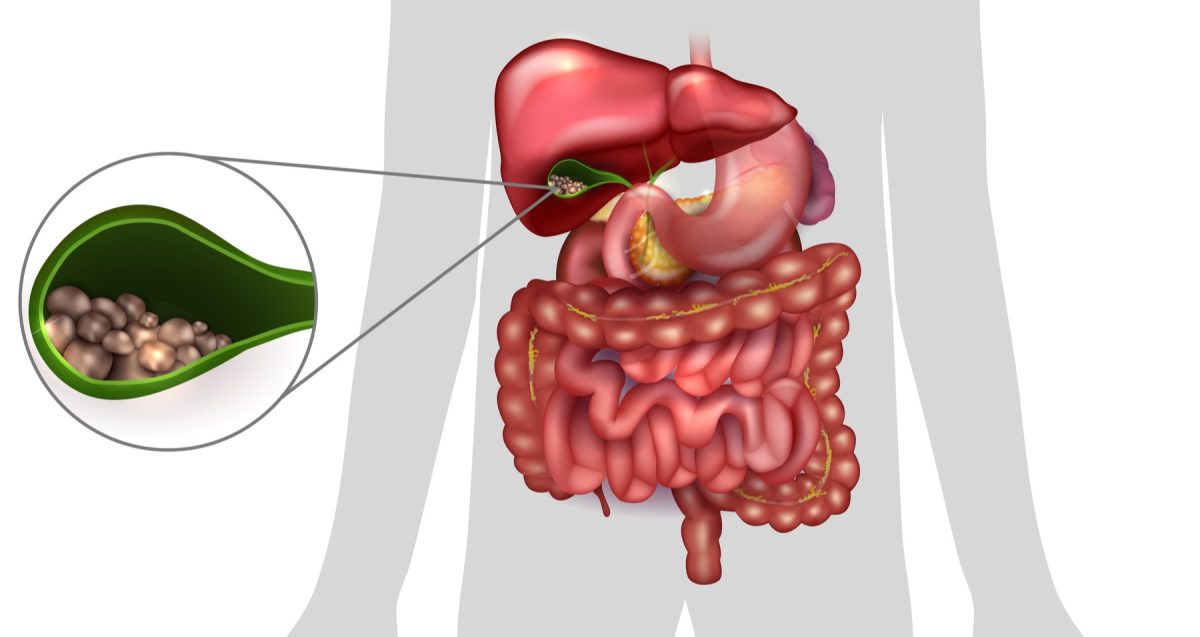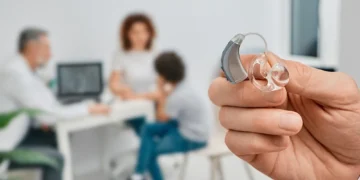Gallstones are made of digestive substances that harden and form as lumps or stones and build up in the gallbladder. The gallbladder is a small organ that is located just beneath the side of the liver at the upper right quadrant of the abdominal area. The gallbladder is a sac that contains a greenish-yellow liquid called bile. This substance helps the body with digestion. Gallstones often create complications in the gallbladder when they occur. This article talks about the harmful effects of gallstones and what you need to know about gallstones removal in Singapore (https://alpinesurgical.sg/procedure/gallstones-removal/).
Causes of gallstones
There are two types of gallstones that can form inside the gallbladder:
- Cholesterol gallstones
- Pigment gallstones
It is believed that the cause of gallstones is an imbalance of the chemicals making up the bile that is contained in the gallbladder. This may occur when:
The bile contains too much bilirubin. When red blood cells break down naturally, they produce a chemical called bilirubin in the liver. This chemical is then processed through the liver, broken down by the gallbladder, then considered by the body as waste, and is eventually released. There are instances when the production of bilirubin becomes out of hand, especially when there is a health condition or disease present. In such instances, the gallbladder may be overwhelmed and fails to successfully break down all of the bilirubin passing through it. When this happens, gallstones that are coloured black or dark brown develop inside the gallbladder.
The bile contains too much cholesterol. Cholesterol is a substance produced by the liver that is found in all the body’s cells. It is characterised by a waxy and fat-like substance and helps the body in producing hormones and healthy cells. However, having too much cholesterol is hard for the bile and gallbladder to process. As a result, the excess cholesterol in the bile develops into yellow-coloured gallstones.
The bile is too concentrated due to its excess build up in the gallbladder. Emptying the gallbladder is crucial for it to function properly. If it is unable to release the bile and gets filled up by it, the concentrated bile can turn into gallstones.
Signs of gallstones
Gallstones usually do not show any signs of symptoms, but when it does, it is already a sign that the gallbladder has an infection.
Pain that is felt at the centre of the stomach or the upper right part of the abdominal area is the common sign that gallstones are present in the gallbladder. This pain comes suddenly and lingers, often becoming severe as the hours go by. The pain can also be felt in the right shoulder or in between the shoulder blades.
Other signs of gallstones or gallbladder infection are:
- Appetite loss
- Chills
- Confusion
- Diarrhoea
- Fever
- Gas
- Heartburn
- Indigestion
- Itchy skin
- Palpitations
- Restlessness
- Sweating
- Vomiting
- Upset stomach
Risks of developing gallstones
The factors that increase the risk of a person developing gallstones are:
- Age – Gallstones are usually diagnosed in adults over the age of 40
- Diet – Gallstones are often observed in people who eat more fatty foods and less fibre
- Ethnicity – Gallstones are rampant among people of Mexican and Native American descent
- Gender – Gallstones are more common in women than in men
- Lifestyle – Gallstones can develop in people who exercise less and are overweight or obese and also those who experience rapid weight loss
- Other health or medical conditions – Gallstones development can be linked to other health or medical conditions such as Crohn’s disease, diabetes, hemolytic anaemia, liver cirrhosis, or pregnancy
- Medications – Gallstones development can also be due to use of medications for birth or hormone control
Diagnosing gallstones
To diagnose the presence of gallstones, your doctor will do a physical assessment and check for symptoms like jaundice, which is a common symptom that can be observed through the colour of the eyes and skin that appear yellowish.
Aside from a physical assessment, you may be asked to undergo further tests like:
- Blood tests
- Cholescintigraphy (HIDA Scan)
- CT scan
- Endoscopic ultrasound
- Magnetic resonance cholangiopancreatography (MRCP)
- Ultrasound
Gallstones removal
Gallstones that are small and have no problem in passing through the bile ducts are effectively eliminated by the body when faecal matter is released. It is a different scenario when gallstones accumulate in the bile ducts as they can grow and cause problems in the long run.
Medications are generally the first line of defence when it comes to treating tiny gallstones. If the condition does not improve after a period of treatment, then your doctor will recommend having the gallstones removed.
There are various ways used for gallstones removal:
- Endoscopy
- Laparoscopy
- Open surgery
Endoscopy, specifically Endoscopic Retrograde Cholangiopancreatography (ERCP), is a minimally invasive procedure that uses a long and flexible tube with a mini camera and light attached at one end. This long tube is inserted through the mouth and navigated carefully through the upper digestive tract until it reaches the gallstones in the bile ducts and effectively removes them.
Laparoscopy or laparoscopic cholecystectomy is a minor surgical procedure that requires a small incision in the abdomen and the use of a medical device called a laparoscope. To do this procedure, the surgeon gently embeds the laparoscope through one keyhole incision and pulls the gallbladder out through another tiny incision.
Open surgery is recommended for people whose conditions are complicated and have more risks involved. This procedure to remove the gallstones is considered as a major surgery and will require admission in the hospital after the operation. It may also need a longer time for recovery if the incision made during the surgery covers a large area in the abdomen.
Life after gallstones removal
Having your gallstones removed is beneficial for your body. This will ensure the proper function of your bile ducts and gallbladder and prevent the stones from developing again.
If your condition calls for the removal of your gallbladder, you need not worry as you will still survive even if you do not have it anymore. Expect that there will be changes with the digestive tract process. Because you no longer have a gallbladder, the bile will travel to the intestine faster. As a result, your body will release waste quicker than normal and your stools will become softer.
—
Alpine Surgical Practice
3 Mount Elizabeth #17-16
Singapore 228510
+65 6589 8927


 Home
Home










